We use cookies on our website to enhance your browsing experience and to analyse traffic. Please click “accept” to give consent for us to store non-essential cookies on your device. For more information on how and why we use your cookies, please see our privacy policy.
Choreographic Language Agent
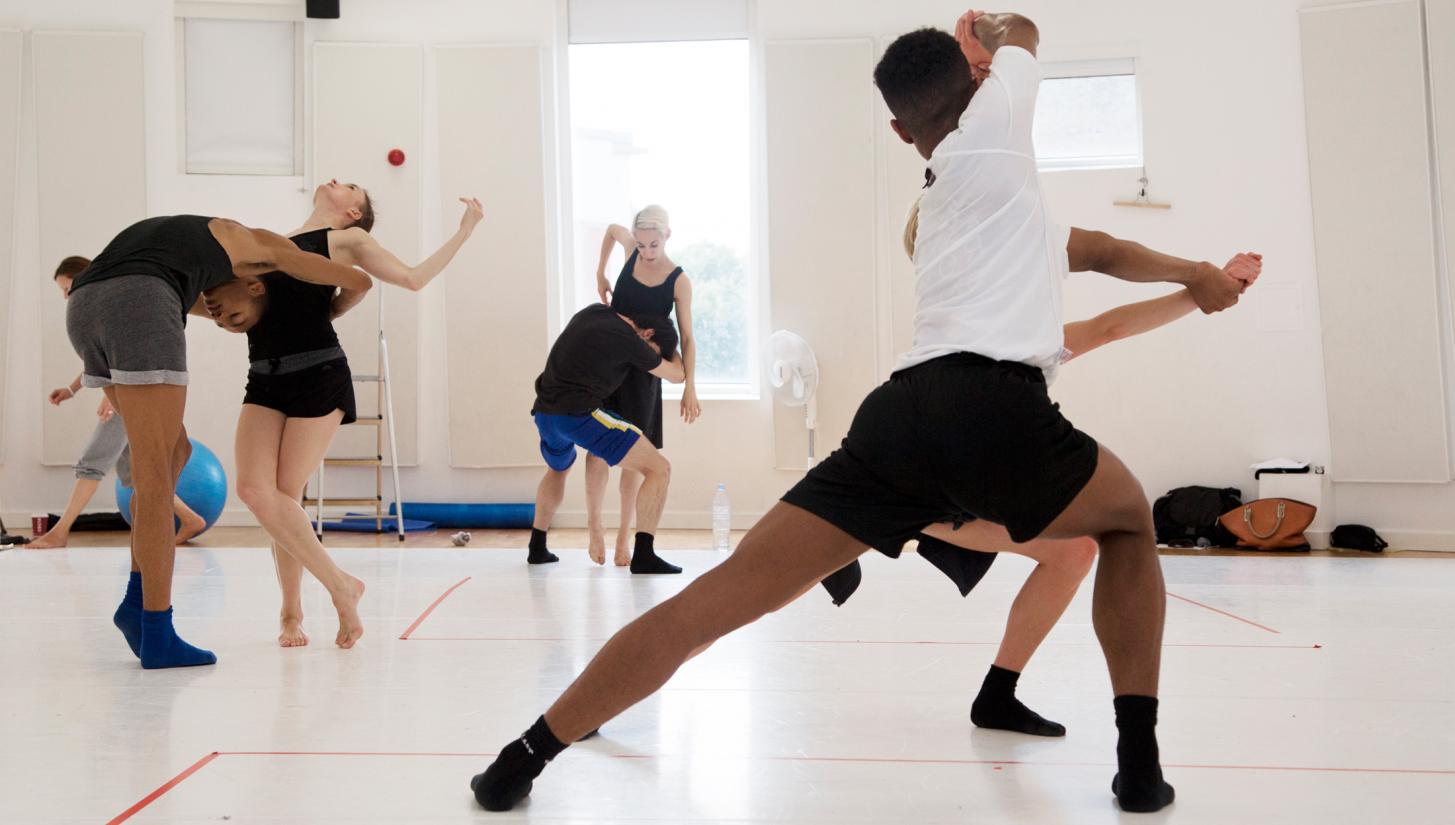
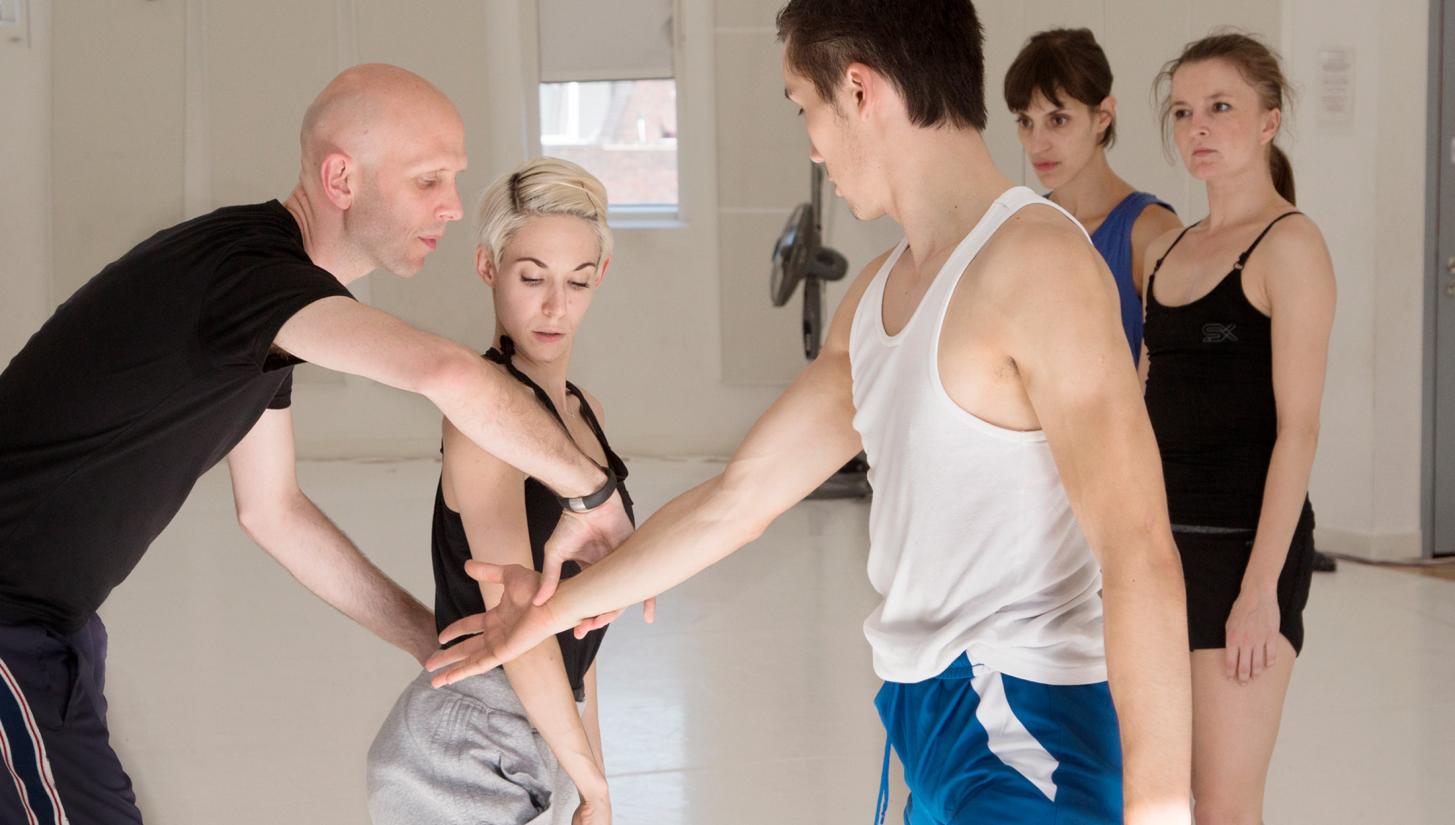
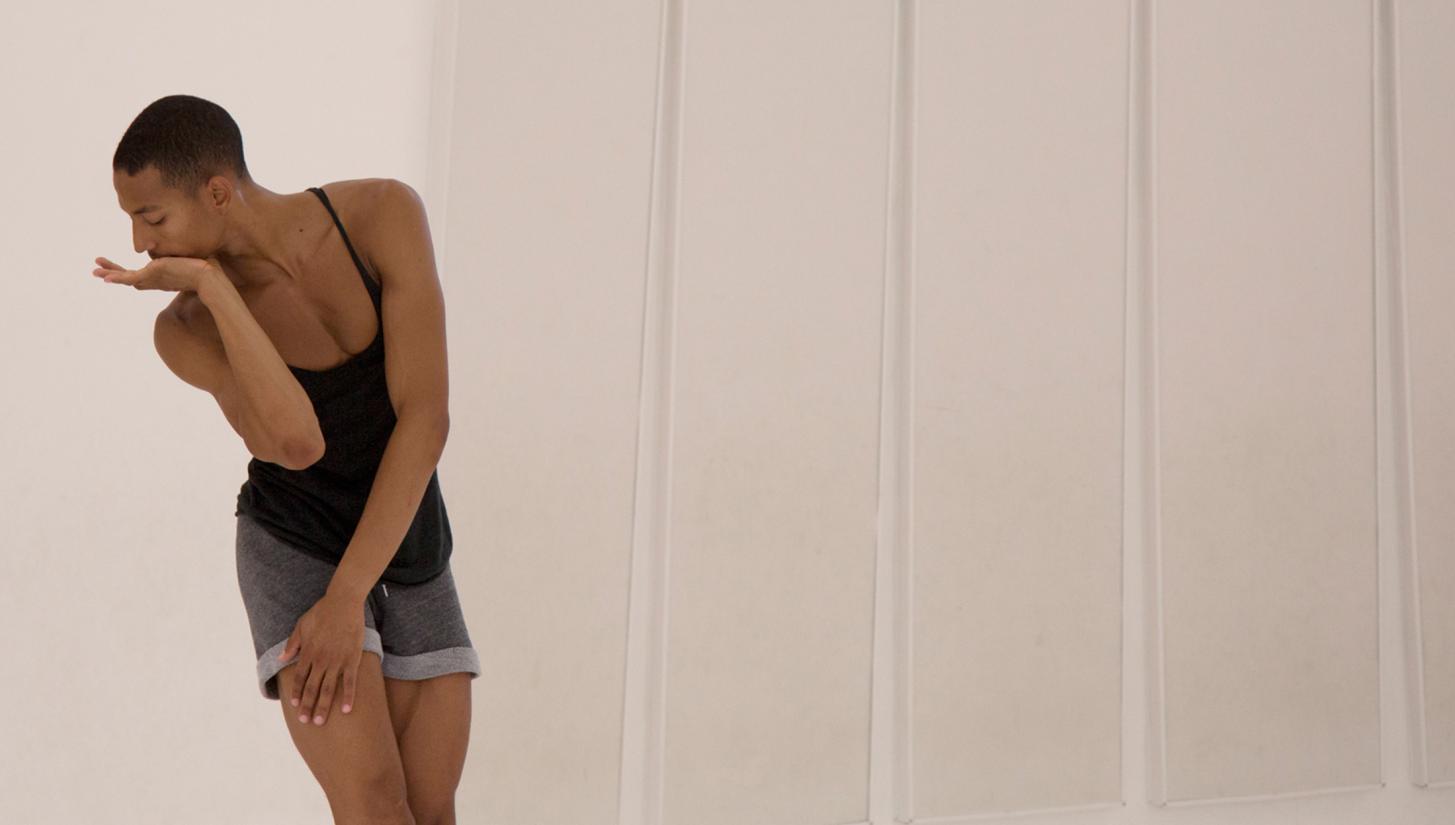
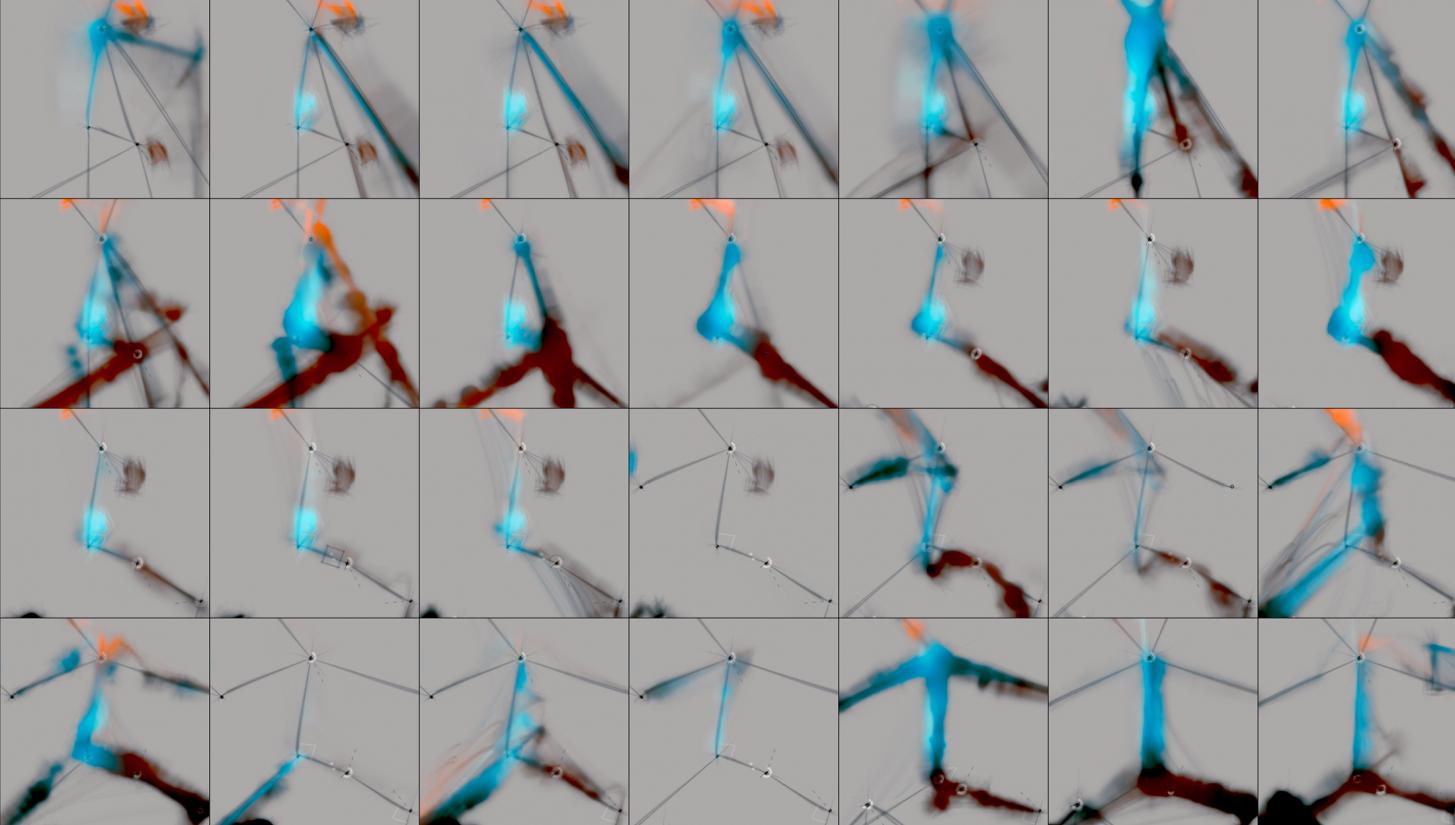
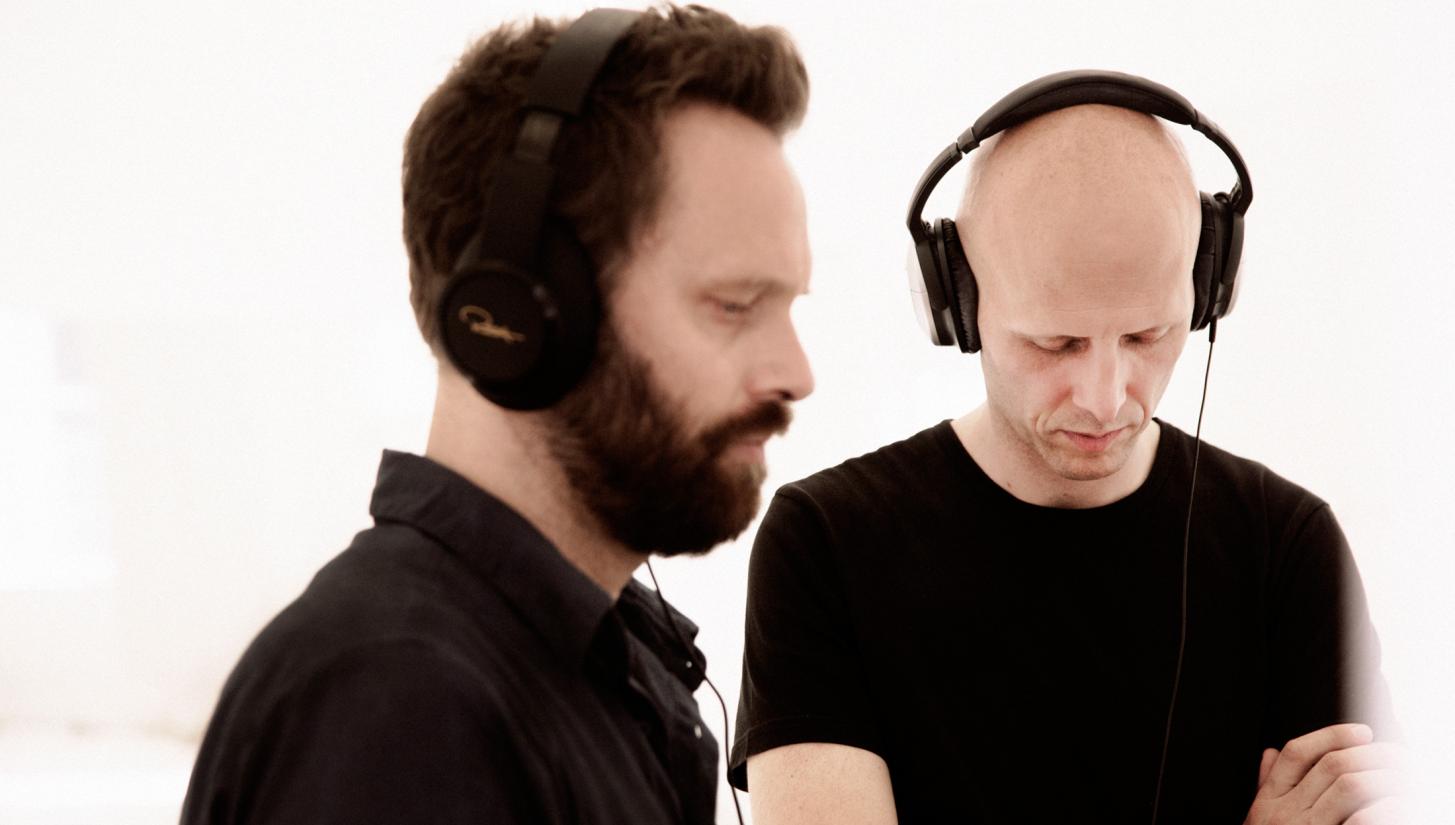
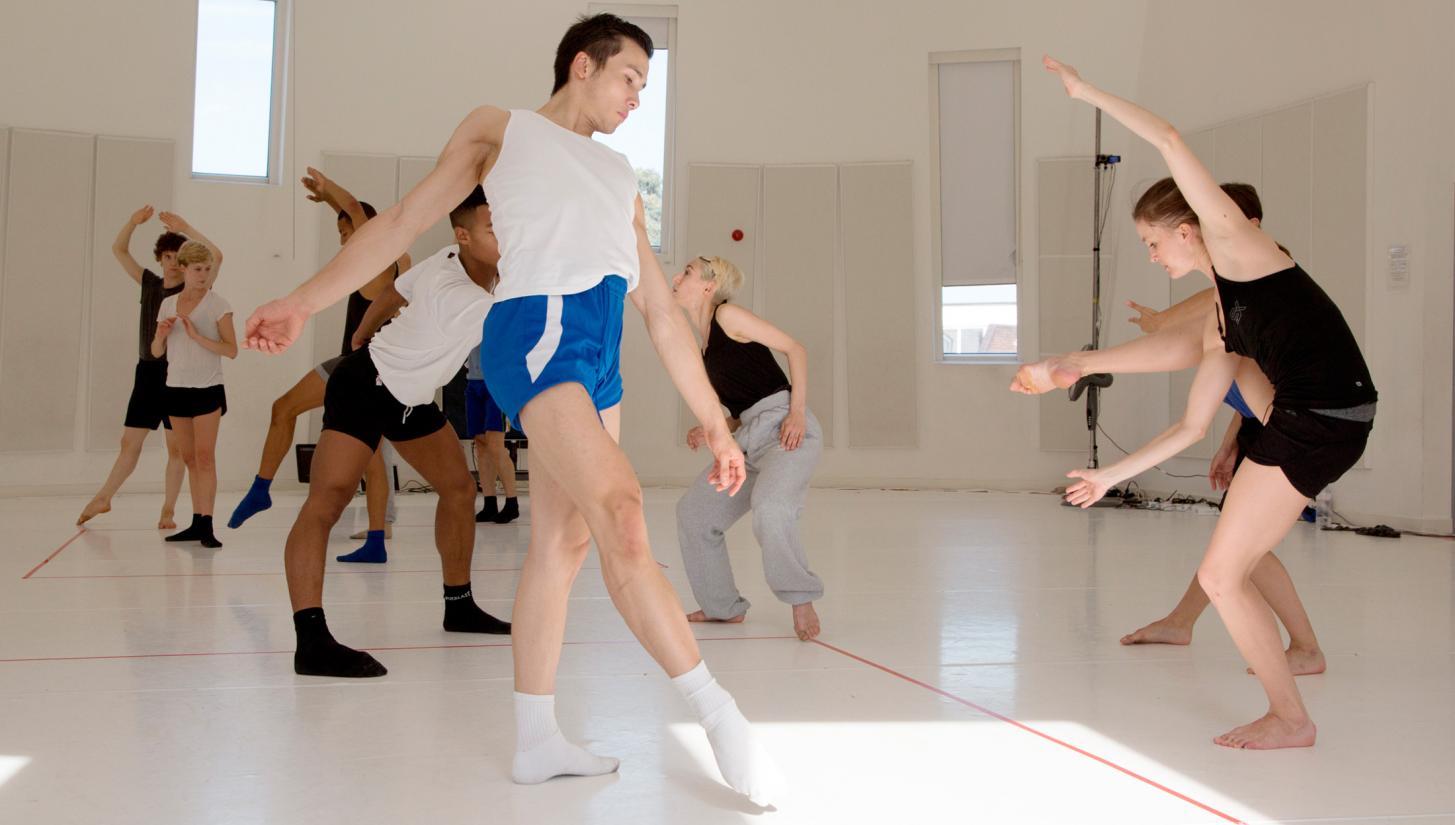
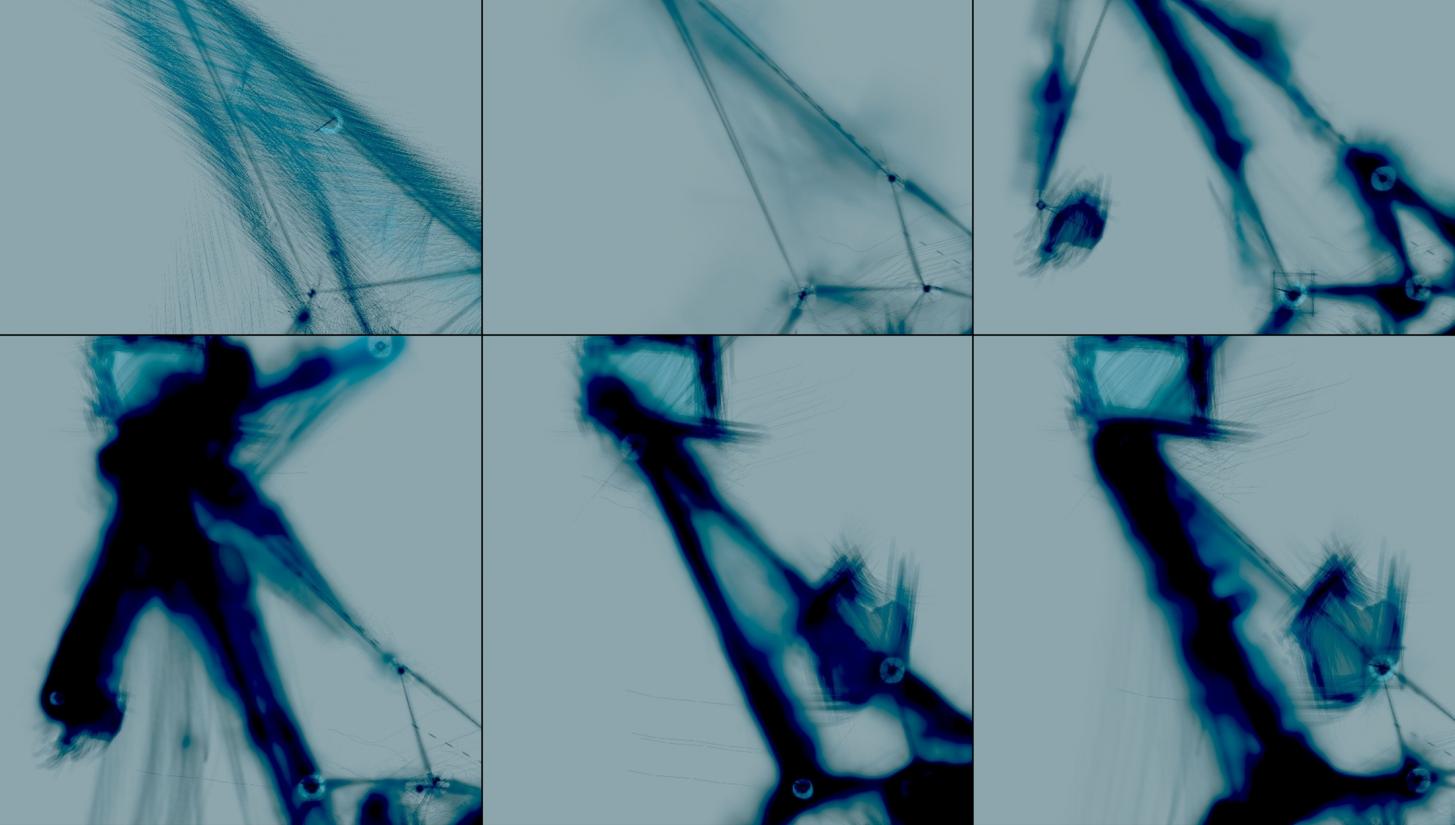
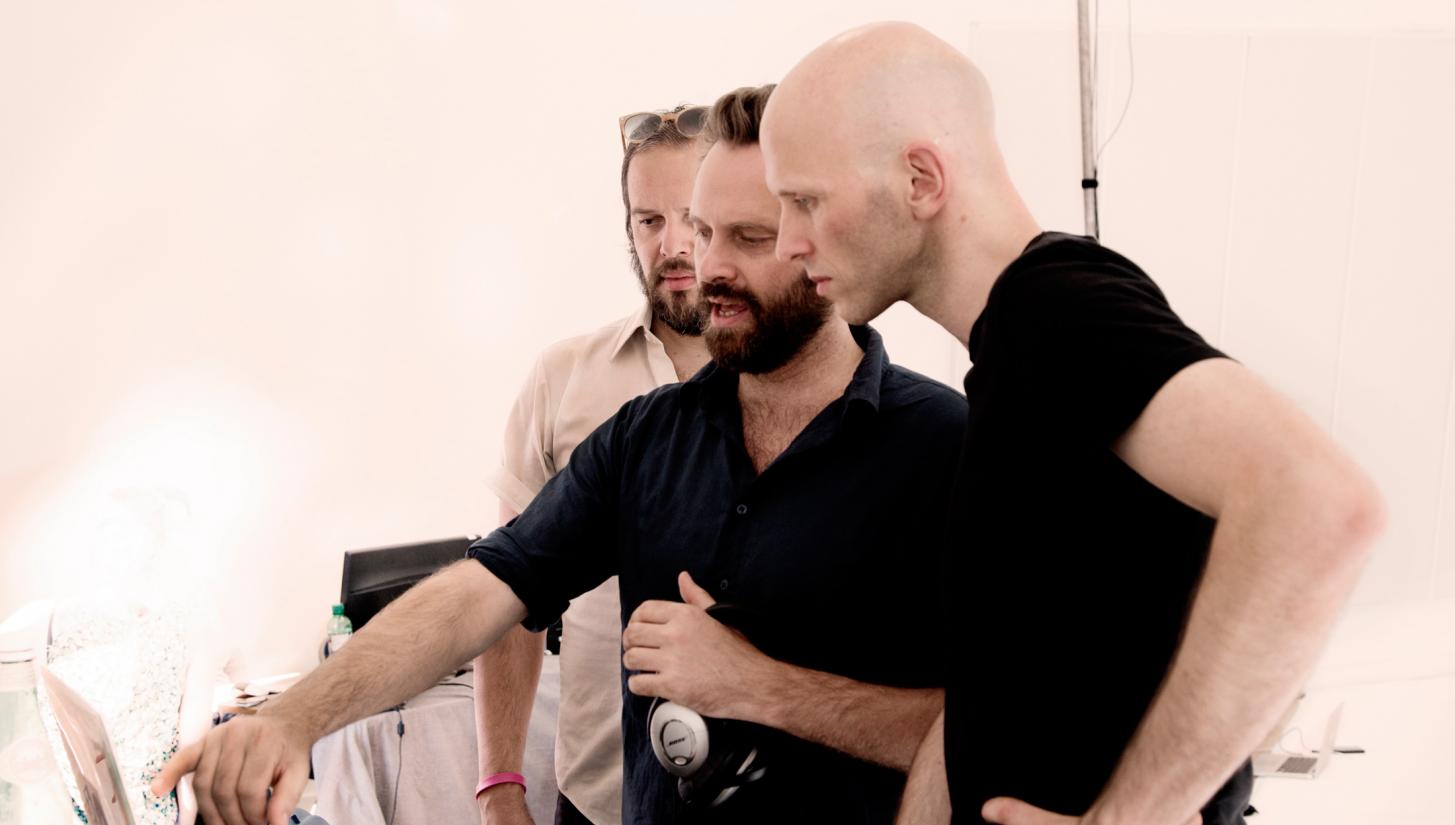
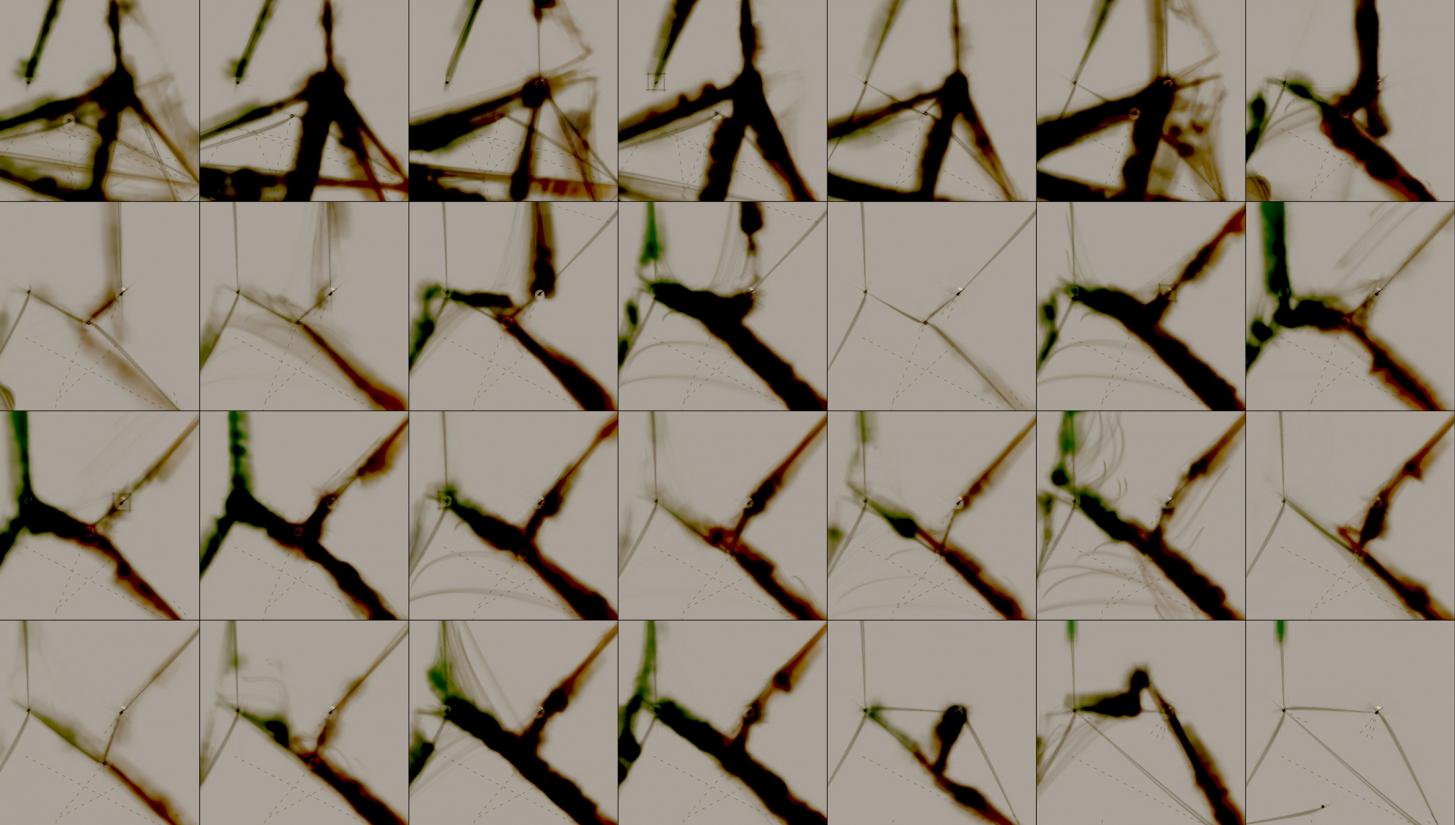



The Choreographic Language Agent was an intelligent software agent, generating unique solutions to choreographic problems to augment the dance maker's own creative decision-making processes. By building autonomous choreographic agents, a broader understanding can be found of the unique blend of physical and mental processes that constitute dance and dance making.
Evolving from Wayne McGregor's vision to develop a suite of creative software tools that would use artificial intelligence algorithms for this purpose, the genesis of the Choreographic Language Agent dates back to 2004, when McGregor and arts researcher Scott deLahunta began delving into the field of AI following a six-month collaborative interdisciplinary project aimed at drawing information from the field of cognitive psychology to enhance understanding of the choreographic process.
The most recent iteration of this process has been the development of Becoming, an interactive digital object to support dance making in the studio. The development of the Becoming iteration was funded by the Arts and Humanities Research Council.
Reimagined less as an object or tool and more as a body, Becoming was developed in conjunction with Marc Downie (OpenEnded Group) and Nick Rothwell (Cassiel). Becoming sought to bridge the digital-physical divide between computer program and human dancer, eliciting a kinaesthetic relationship from the dancers as an artificially intelligent "eleventh dancer" that provokes new movement creation in the studio.
Most recently, Becoming was used by McGregor and the company dancers in the creation and development of Atomos.
The development of the Choreographic Language Agent was funded by Portland Green Cultural Projects, with support from a Digital Futures in Dance artists' residency.
Studio images by Ravi Deepres.
Becoming images by Marc Downie and Nick Rothwell.
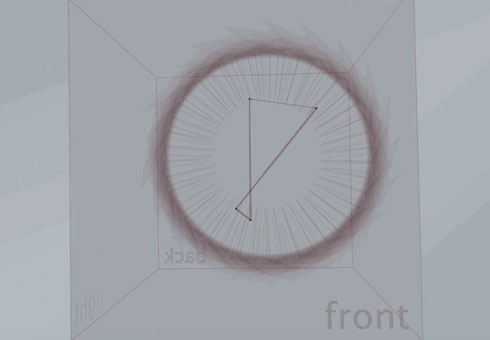
Choreographic Language Agent
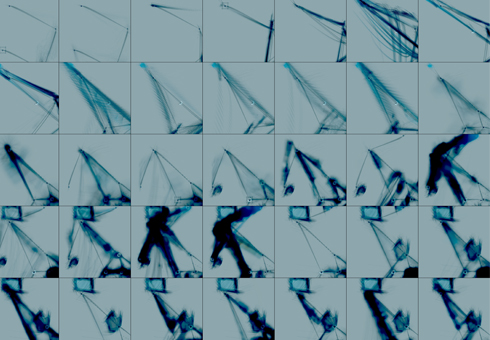
Becoming. Image by Marc Downie and Nick Rothwell.












